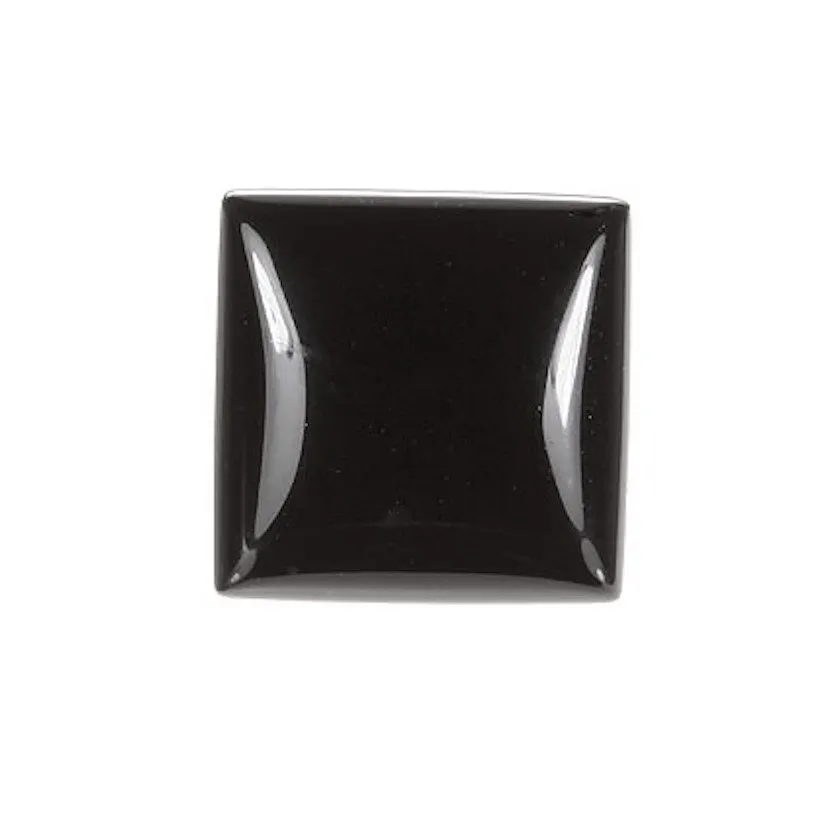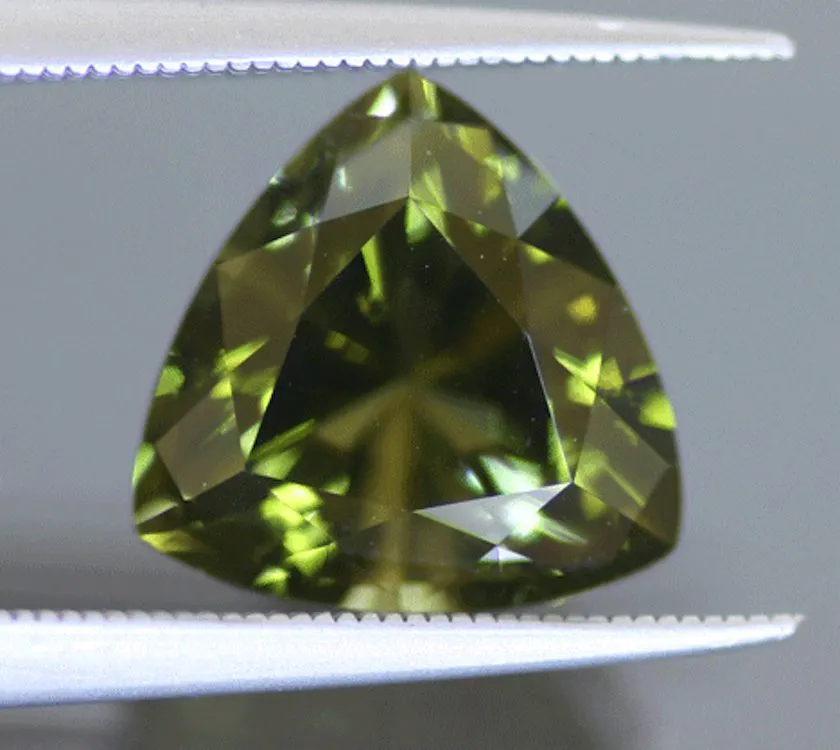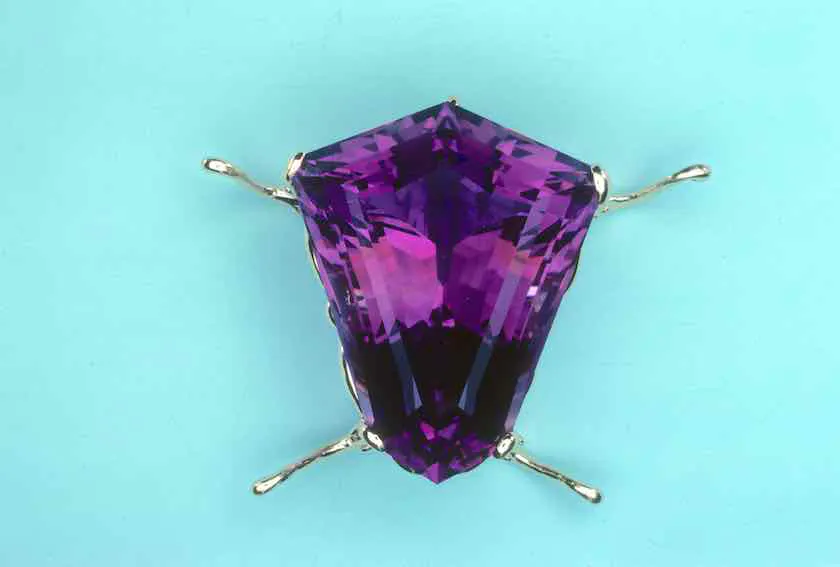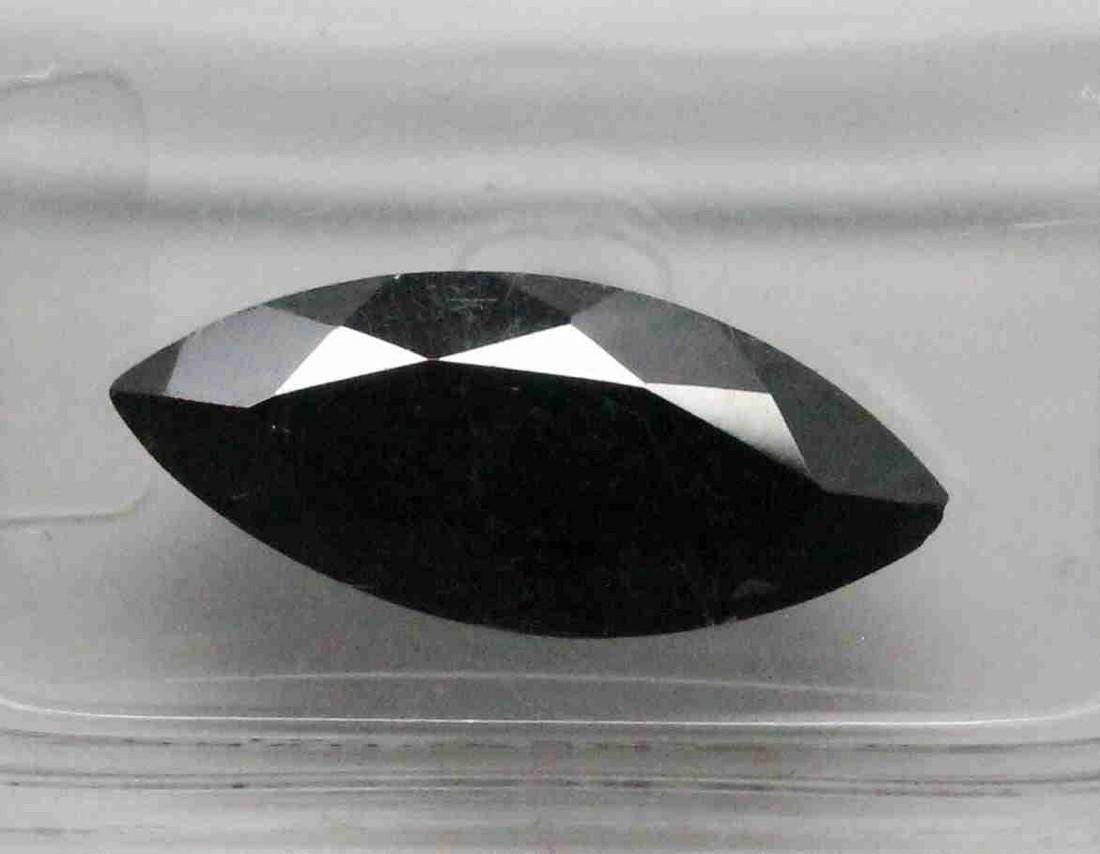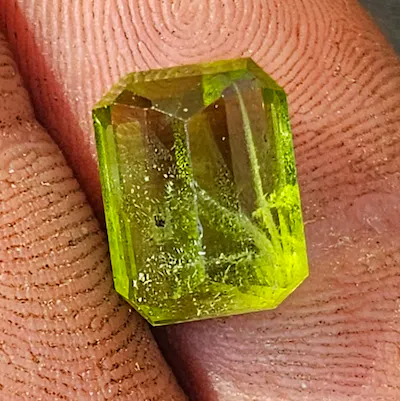News
Onyx Jewelry: From Mourning Traditions to Modern Designs
Step into the world of onyx jewelry, where ancient mourning traditions meet modern designs. Onyx, a type of chalcedony, is a captivating gemstone used for carving exquisite cameos and intaglios. With its black, brown, or white banded agate appearance, onyx has a rich history that spans across cultures. Not only is it visually striking, but its hardness and resistance to scratching make it a durable choice for jewelry. From traditional mourning jewelry to contemporary pieces that highlight its dark, opaque allure, onyx offers a wide range of styles. Discover the beauty of Arabic onyx, sardonyx, nicolo onyx, and black onyx (often dyed), as we delve into the intricate world of onyx jewelry. Remember to care for your onyx pieces with mild detergent and warm water, as dyeing is a common treatment for these stones. With onyx found in various countries around the globe, it’s no wonder this gem can occur in large sizes and masses. Let the elegance of onyx jewelry captivate you, and embrace its timeless allure in your own personal style.
Historical Origins
Onyx as a Material for Carving Cameos and Intaglios
Onyx has a rich historical significance as a material used for carving cameos and intaglios. These intricate carvings, often used as decorative pieces or seals, showcase the craftsmanship and skill required to work with this unique stone. The smooth, polished surface of onyx serves as the perfect canvas for creating intricate designs and detailed artworks. Throughout history, onyx has been prized for its beauty and elegance, making it a popular choice for artisans and jewelry makers.
Relation to Agates and Chalcedony
Onyx is closely related to agates and chalcedony, both of which are also forms of microcrystalline quartz. Agates and chalcedony share similar properties with onyx, including their banded appearance and translucency. While onyx is considered a separate banded variety of chalcedony, it can also be seen as a variety of black, brown, or white banded agates. This close relation to other quartz varieties adds to the allure and versatility of onyx in the world of jewelry and art.
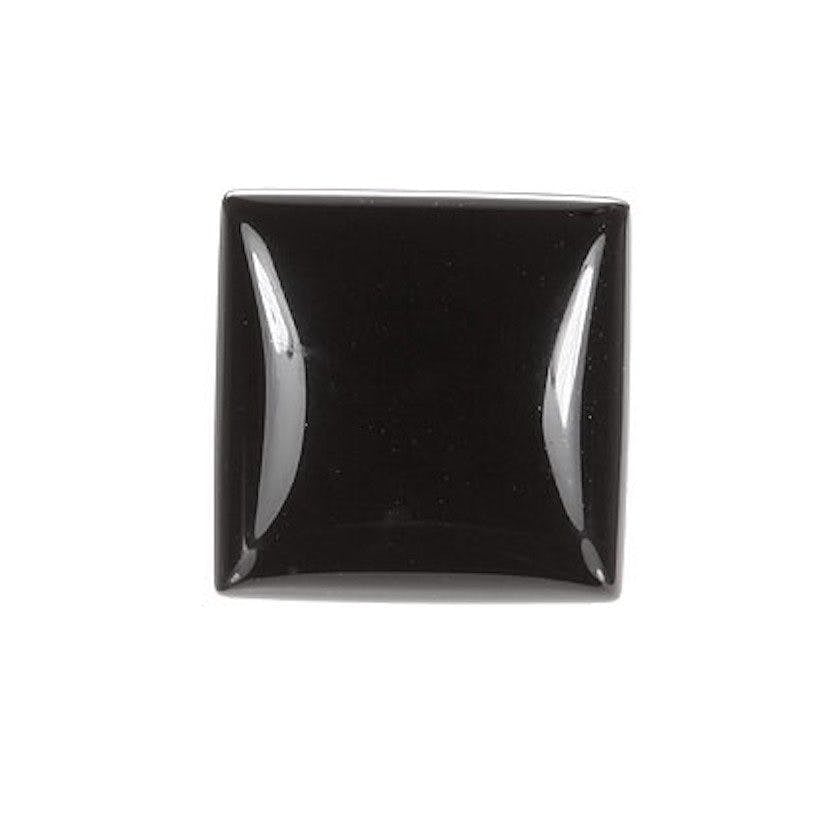
Traditional Use in Mourning Jewelry
One of the traditional uses of onyx in jewelry is in mourning traditions. Throughout history, onyx has been associated with grief and mourning, and it was often used in mourning jewelry as a symbol of remembrance and tribute to the deceased. The deep, somber colors of black onyx were believed to offer solace and comfort during times of loss. This tradition of incorporating onyx into mourning jewelry has continued for centuries, creating a lasting connection between onyx and the emotions associated with mourning and remembrance.
Composition and Properties
Onyx as a Type of Chalcedony
Onyx is classified as a type of chalcedony, which is a microcrystalline variety of quartz. This means that onyx shares many of the same mineral compositions and characteristics as other forms of chalcedony. However, onyx stands out with its distinctive banding pattern, making it easily recognizable and highly prized for its visual appeal.
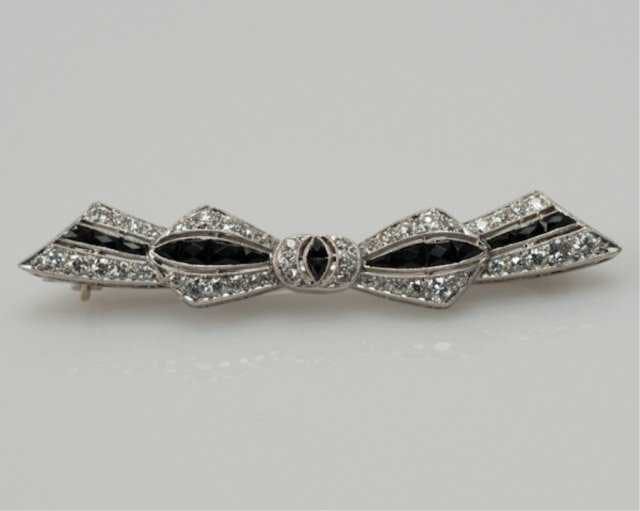
Colors and Varieties of Onyx
Onyx comes in a variety of colors, although its most well-known variety is black onyx. This deep black color is often enhanced through dyeing or treatment processes to intensify its darkness. However, onyx can also be found in shades of brown and white, with beautiful bands running through the stone. These variations in color and banding patterns make each piece of onyx unique, adding to its charm and desirability in jewelry making.
Harness and Durability of Onyx
Onyx is a durable gemstone, making it a popular choice for jewelry that is meant to be worn daily. With a hardness rating of 7 on the Mohs scale, onyx is relatively resistant to scratching and chipping. This durability ensures that onyx jewelry can withstand the test of time and be passed down through generations as cherished heirlooms. Its sturdy nature, combined with its striking appearance, makes onyx an ideal choice for both everyday wear and special occasions.
Traditional Onyx Jewelry
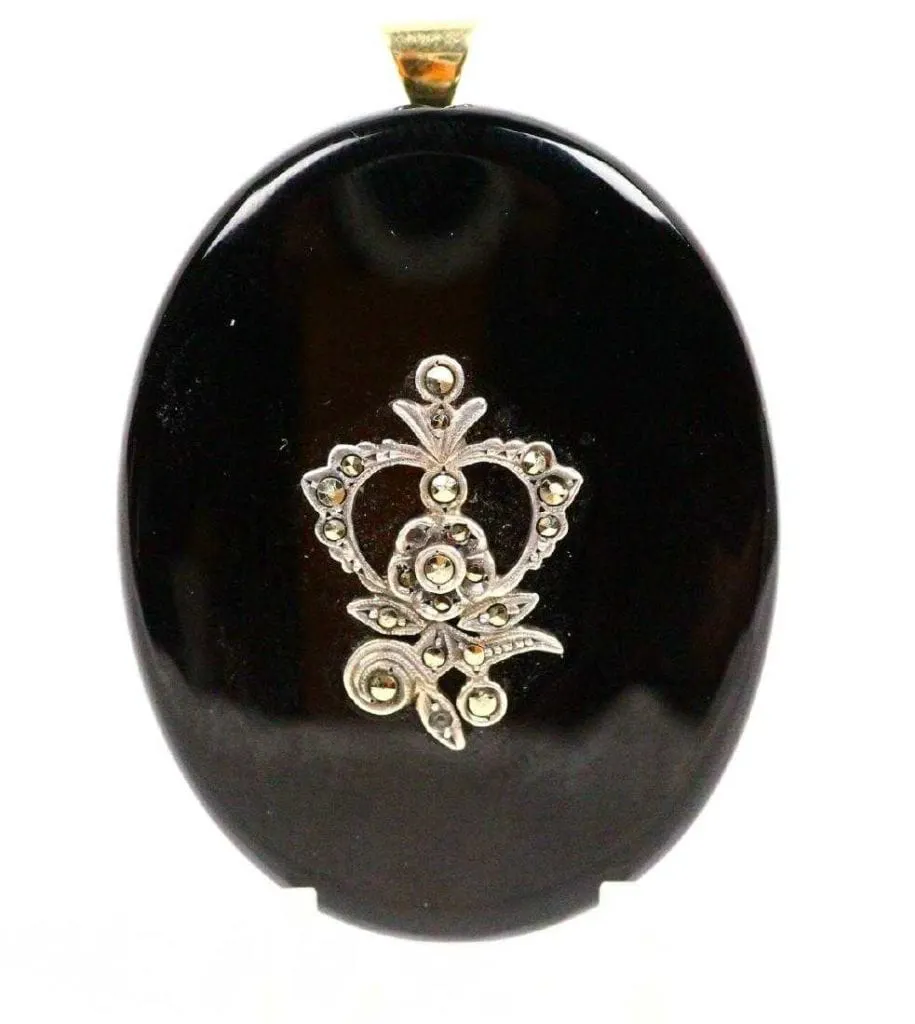
Role of Onyx in Mourning Traditions
In traditional mourning traditions, onyx held significant meaning and symbolism. The deep black color of onyx was believed to represent grief and sorrow, making it a fitting choice for mourning jewelry. Lockets, rings, and brooches made from onyx were often worn by individuals in mourning as a way to honor and remember their loved ones. These pieces of jewelry served as a tangible reminder of the deceased and provided comfort during the mourning process.
Designs and Symbolism in Traditional Onyx Jewelry
Traditional onyx jewelry often featured intricate designs and symbolic elements. The deep black color of onyx was often paired with silver or gold settings, enhancing its beauty and creating a stark contrast. Symbolic motifs, such as urns, weeping willows, and angels, were commonly incorporated into the designs to convey the emotions associated with mourning and loss. These designs not only added visual interest but also provided a deeper meaning to the jewelry, connecting the wearer to their loved ones who had passed away.
Evolution of Onyx Jewelry
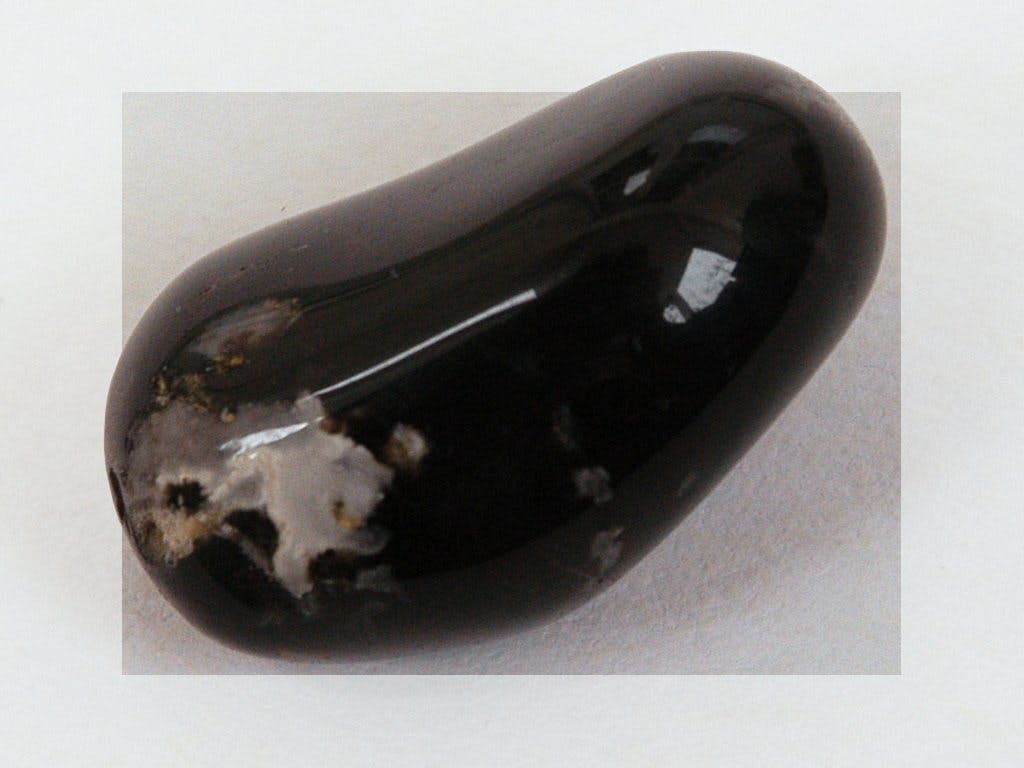
Transition from Mourning Jewelry
Over time, onyx jewelry evolved beyond its traditional role in mourning traditions. As societal attitudes towards grief and mourning changed, so did the significance of onyx in jewelry. While it still holds a place in mourning jewelry, onyx began to be embraced for its aesthetics and versatility in more diverse settings. Fashion-forward individuals started incorporating onyx into their everyday outfits, using it as a statement piece that added a touch of elegance and sophistication.
Incorporation into Modern Designs
In more recent years, onyx has found a place in modern jewelry designs. Its dark, opaque appearance has captivated designers and consumers alike, leading to a resurgence in its popularity. Onyx is now being used in a wide range of jewelry styles, including rings, necklaces, bracelets, and earrings. Designers have embraced the striking contrast between onyx and other gemstones or metals, creating bold and eye-catching pieces that make a unique fashion statement.
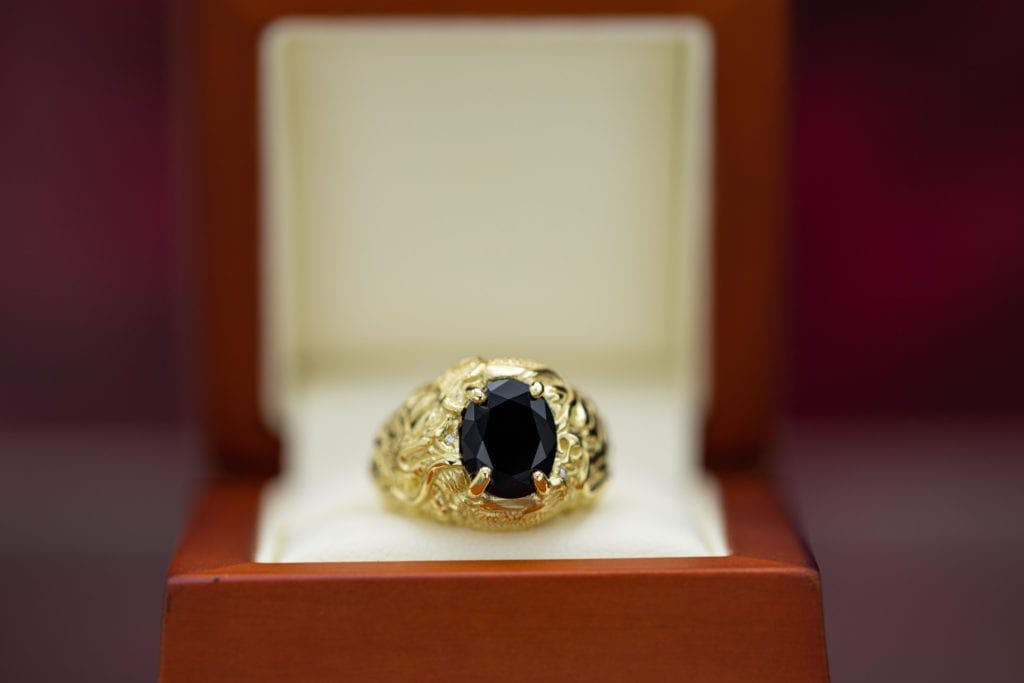
Exploration of Onyx’s Dark, Opaque Appearance
The dark and opaque appearance of onyx has become a source of inspiration for many jewelry designers. Rather than being seen as a somber stone associated with mourning, onyx is now celebrated for its captivating beauty and mysterious allure. Jewelry artists are exploring the possibilities offered by onyx’s deep black color, using it as a canvas to create avant-garde designs that push the boundaries of traditional jewelry making. This exploration has opened up new avenues for innovation in the world of jewelry design, showcasing the versatility and adaptability of onyx.
Popular Onyx Varieties
Arabic Onyx
Arabic onyx is a variety of onyx that is primarily found in the Middle East. Known for its intricate bands of contrasting colors, Arabic onyx is highly sought after for its unique and exotic appearance. The bands in Arabic onyx can range from shades of brown and white to black, creating visually stunning patterns. This variation in color and banding makes each piece of Arabic onyx truly one-of-a-kind, adding to its value and desirability.
Sardonyx
Sardonyx is another popular variety of onyx that is prized for its striking combination of red and white bands. These contrasting bands give sardonyx a vibrant and captivating appearance, making it a favorite among jewelry enthusiasts. The red bands in sardonyx are often referred to as sard, while the white bands are composed of onyx. This unique blend of colors creates a beautiful and harmonious gemstone that is highly regarded in the world of jewelry.
Nicolo Onyx
Nicolo onyx is a variety of onyx that is characterized by its distinctive translucent bluish-white bands. Unlike other varieties of onyx, such as black or brown, nicolo onyx has a lighter and more ethereal appearance. This delicate gemstone is highly valued for its subtle beauty and understated elegance. Nicolo onyx is often used in jewelry designs that aim to create a sense of serenity and tranquility, providing a soothing presence to the wearer.
Black Onyx
Black onyx is perhaps the most well-known and widely used variety of onyx. Its deep black color is timeless and versatile, making it suitable for a wide range of jewelry styles and occasions. However, it’s important to note that not all black onyx is natural. In many cases, black onyx is dyed to enhance its color and intensify its darkness. Despite the presence of dyed black onyx in the market, it continues to be a popular choice among jewelry enthusiasts due to its sleek and sophisticated aesthetic.
Misnomers and Simulants
Common Misnomers for Onyx
There are several common misnomers for onyx that can cause confusion among consumers. One example is “Mexican onyx,” which actually refers to banded calcite rather than true onyx. Another misnomer is “limestone onyx,” which is a term used to describe banded travertine. “Onyx marble” is yet another misnomer that refers to banded calcite or aragonite. These misnomers highlight the importance of being knowledgeable about the true composition and characteristics of onyx when purchasing jewelry or gemstones.
Synthetic Materials Resembling Onyx
In addition to misnomers, there are also synthetic materials and simulants that resemble onyx. These materials are often used as more affordable alternatives to natural onyx. One example is devitrified glass, which is created by heating and cooling glass to create a banded appearance similar to onyx. Cubic zirconia, a popular diamond simulant, can also be found in black varieties that mimic the look of black onyx. Other simulants include augite and black spinel, which share visual similarities with onyx. While these synthetic materials and simulants may offer a similar aesthetic, they do not possess the same natural beauty and unique characteristics as genuine onyx.
Treatment and Care
Dyeing as a Common Treatment
Dyeing is a common treatment for onyx, especially black onyx, in order to enhance its color and achieve a uniform appearance. The dye penetrates the porous structure of the onyx, resulting in a deep black color. It’s important to note that dyed black onyx is still considered genuine onyx, as long as it has not been misrepresented. However, it’s crucial for consumers to be aware of the treatment process and ensure that they are purchasing from reputable sources that provide accurate information about the gemstone.
Proper Care and Cleaning of Onyx Jewelry
To keep onyx jewelry looking its best, proper care and cleaning are essential. Onyx should be cleaned regularly with a soft cloth or brush to remove any dirt or debris that may accumulate on its surface. Mild detergent and warm water can be used for more thorough cleaning, followed by rinsing and drying with a soft cloth. It’s important to avoid using harsh chemicals or ultrasonic cleaners, as they can damage the surface of the stone. By following these care instructions, onyx jewelry can maintain its beauty and brilliance for years to come.
Global Occurrence
Countries Known for Onyx Deposits
Onyx can be found in various countries around the world, each offering unique variations and qualities. Some of the notable countries known for onyx deposits include Brazil, India, Uruguay, and Pakistan. Brazil is renowned for its vibrant and colorful onyx, while India is known for its white and translucent nicolo onyx. Uruguay is a significant producer of sardonyx, with its distinctive red and white bands. In addition, Pakistan is recognized for its high-quality black onyx, often referred to as “Swat Valley Onyx.” These global occurrences contribute to the diversity and availability of onyx in the market.
Size and Mass of Onyx Findings
Onyx can occur in a variety of sizes and masses, ranging from small, delicate cabochons to larger boulder-like formations. Depending on the specific deposit, onyx can be found in solid, uniform pieces or in irregular shapes with intricate banding patterns. Larger onyx findings offer unique opportunities for jewelry designers to create statement pieces that showcase the beauty and majesty of this captivating stone. The size and mass of onyx findings also influence their value, with larger and more unique pieces often commanding higher prices due to their rarity and visual impact.
In conclusion, onyx has a rich historical origin as a material used for carving cameos and intaglios, and its relation to agate and chalcedony adds to its value and versatility. Traditional onyx jewelry played an important role in mourning traditions, conveying emotions and symbolic connection to deceased loved ones. The evolution of onyx jewelry has seen it become a popular choice beyond mourning jewelry, with its dark, opaque appearance being explored and celebrated in modern designs. Popular onyx varieties such as Arabic onyx, sardonyx, nicolo onyx, and black onyx offer a wide range of aesthetic options. However, it’s important to be aware of common misnomers and synthetic materials that resemble onyx. Proper care and cleaning are necessary to maintain the beauty and durability of onyx jewelry. Finally, onyx can be found in various countries around the world, with different deposits contributing to the diverse characteristics and availability of this stunning gemstone.

